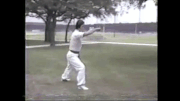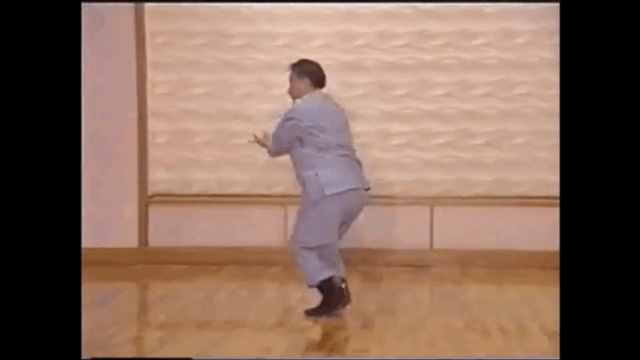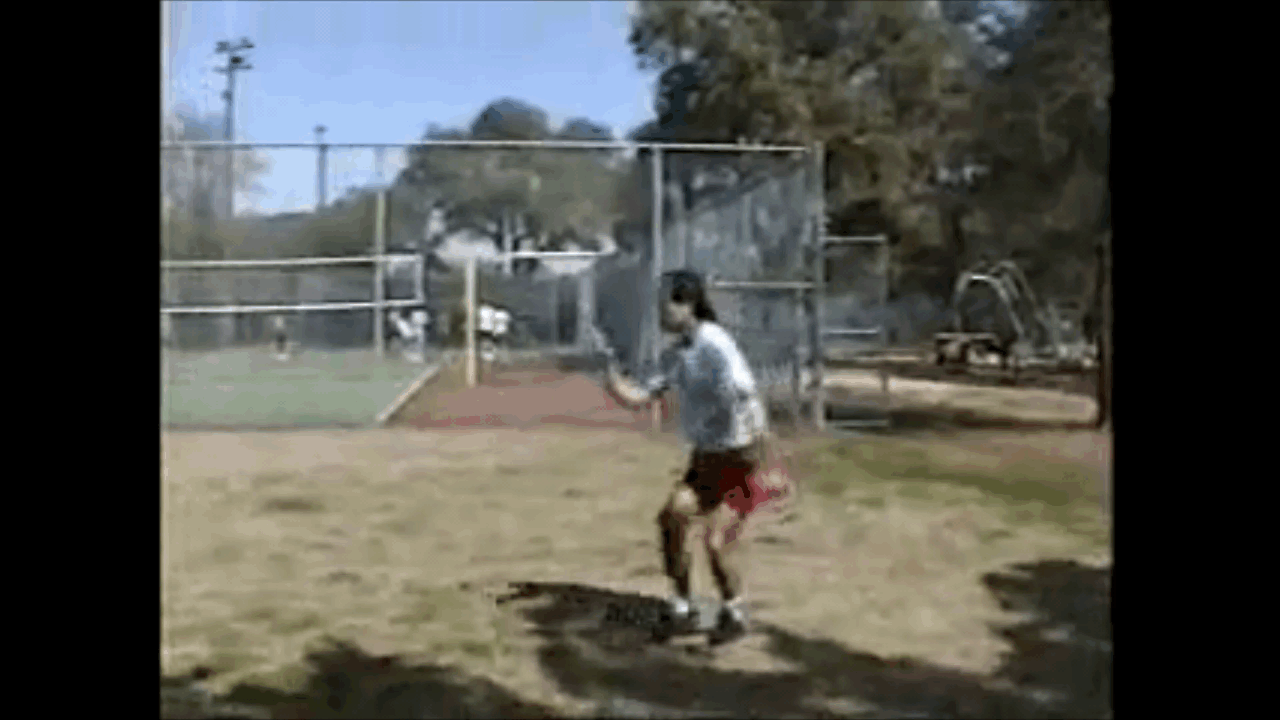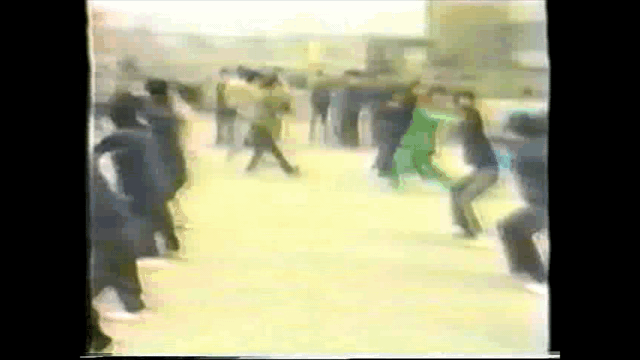This remind me a comment that someone made to a person's form performance. The comment was, "You did so well in your form that you have 6 front stances and they all look identical."What happens when you throw the right cross, and lift the right heel while pivoting on the ball of the foot?
Is that a good comment, or a bad comment?
Your stance should be able to adjusted according to your application.





